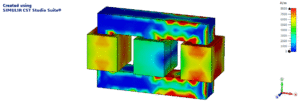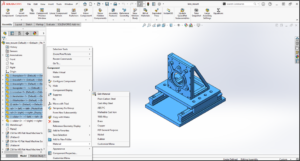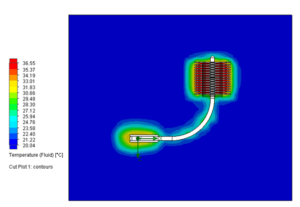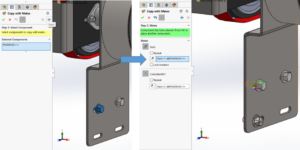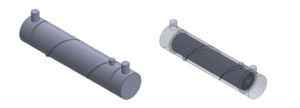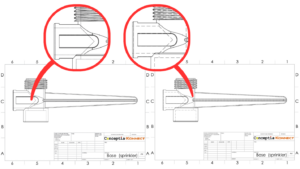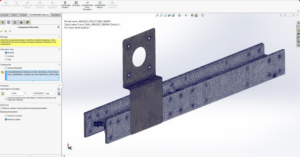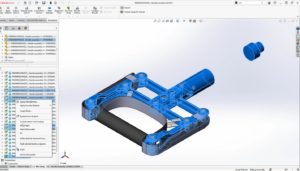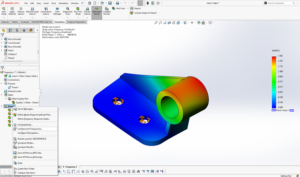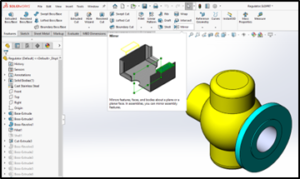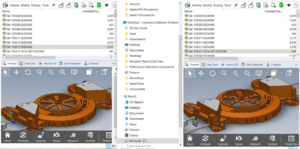Every organization focused towards reducing the cost of their traditional products which already launched in the market or any new product getting launched. One of the major costs involved in any product is material cost. Any excess material in the parts used in assembly, will result in bulky size & also increase in overall assembly weight. This also leads to difficult to assemble and material movement for various process like inspection, testing etc. If you looking to design new products or redesign existing products with low cost and less weight, than topology optimization using SolidWorks will provide you the right solution.
Topology optimization tools enable designers to have a right balance between material distribution in given space with optimal stiffness with the optimal factor of safety without affecting functionality, it allows designers to define their goals for optimization and define manufacturing constraints like defining keep out zones, core positions for creating cavities, undercuts in components etc. This enables for quick manufacturing less modifications from initial design. This saves cost not just for a single part but for “X” number of parts manufactured until the product is obsolete which in turn for long run the cost savings will be a huge value.
Once the optimal design is arrived at the final design, with the same initial boundary condition and stress and deflection results are required to be verified all loads and boundary conditions can be directly taken from initial static analysis without any repetition. This tool is not limited to any specific industry vertical and can be used by any industrial product design applications.
Let’s have quick look on setting up Topology optimization studying Initial Stress, Deflection & Factor of safety results
A link part with fixed constraint at one hole and force applied on another hole is considered for topology optimization study, the initial mass of link is 0.34 kg.
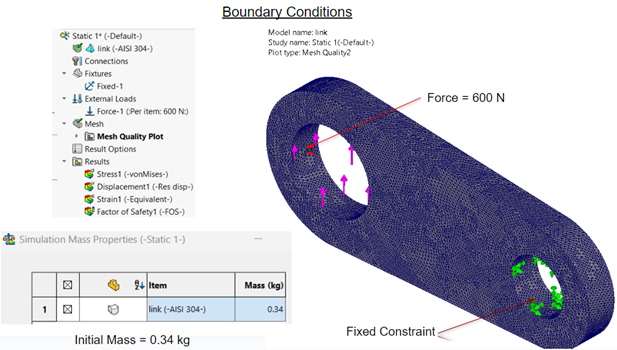
Static analysis is conducted prior to topology optimization study to understand stress and deformation results.

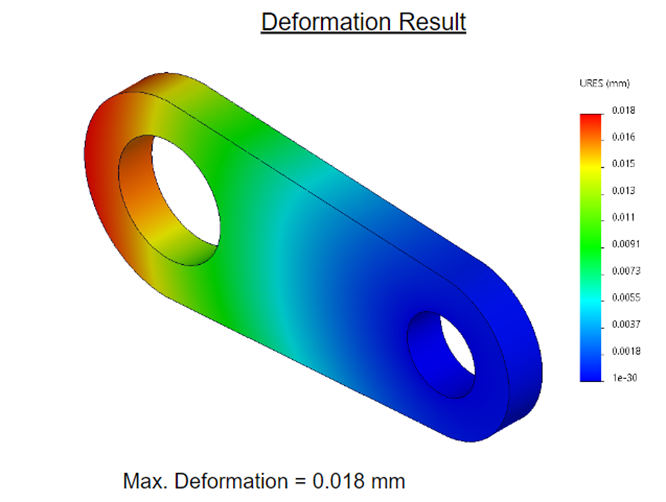
Toplogy Optimization Analysis
Topology optimization is conducted with the same boundary condition as used in static analysis. Additionally displacement constraint, mass constraint specified and under manufacturing constraints, regions around the holes are specified as preserved regions. Thickness control to maintain minimum wall thickness of part and cavity creation direction specified using de-mold control.
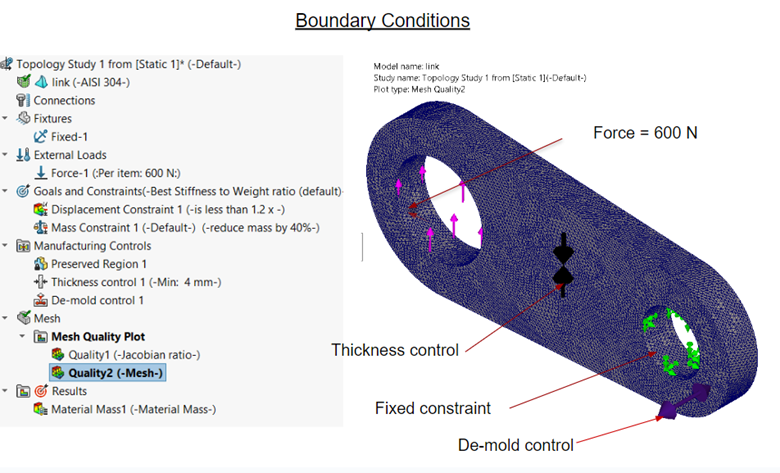
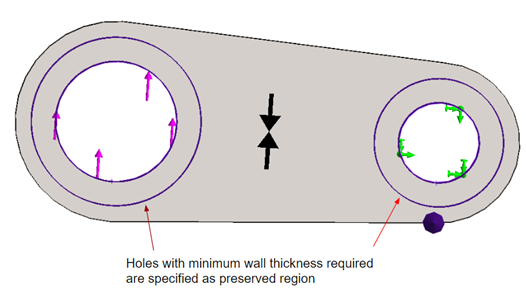
SOLIDWORKS Topology Optimization Result:
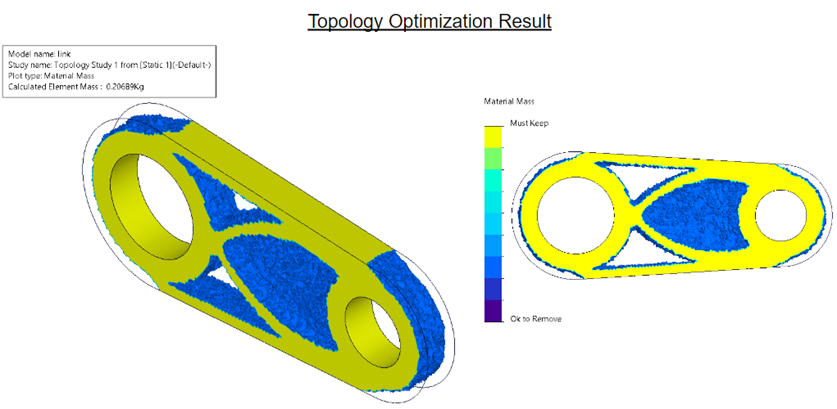
Final Optimized Design Stress, Deflection & Factor of Safety Results:
Based on topology optimization the part design is updated considering corner radius of cutter and other manufacturing considerations and final part weight is 0.23 kg.
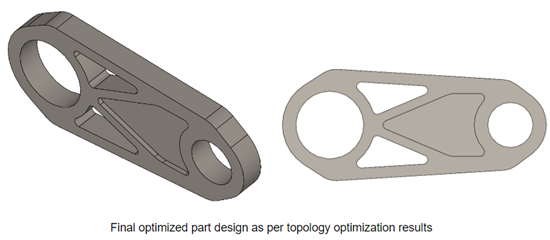
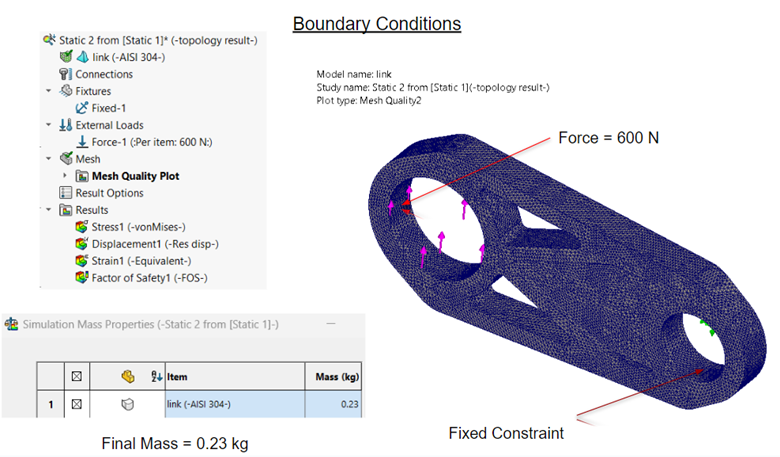
Static analysis is conducted prior to the optimized part to understand stress and deformation results changes due to weight reduction in the part.

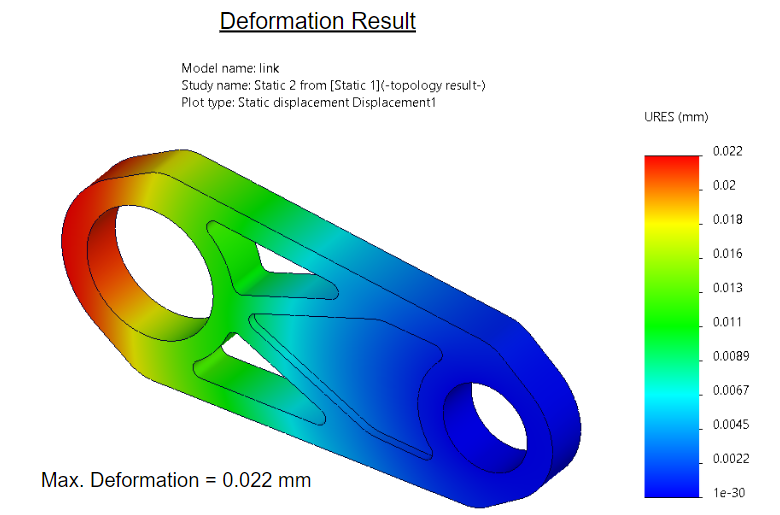
Result Comparision:

In conclusion – As shown in example, Implementation of SolidWorks Topology optimization resulted in reduction in weight of approximately 33 % for a Single part in an assembly. This highlights the immense potential when applied for an entire assembly consisting of number of parts leading to significant weight reductions & cost savings creating lighter & efficient products without compromising the Strength or life of component.
Reach out to Conceptia Konnect to explore & understand how our cutting edge Simulation Solutions can help your organization to evaluate product performance, reliability and Design optimization.
– By
Prabhakar P
Sr.Technical Specialist
Conceptia Konnect

